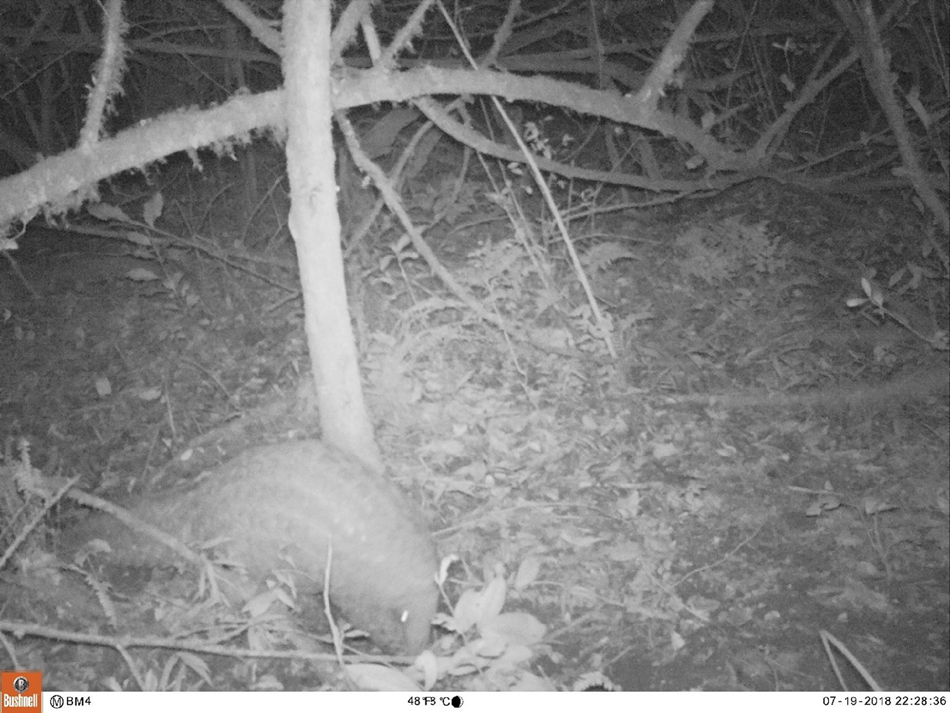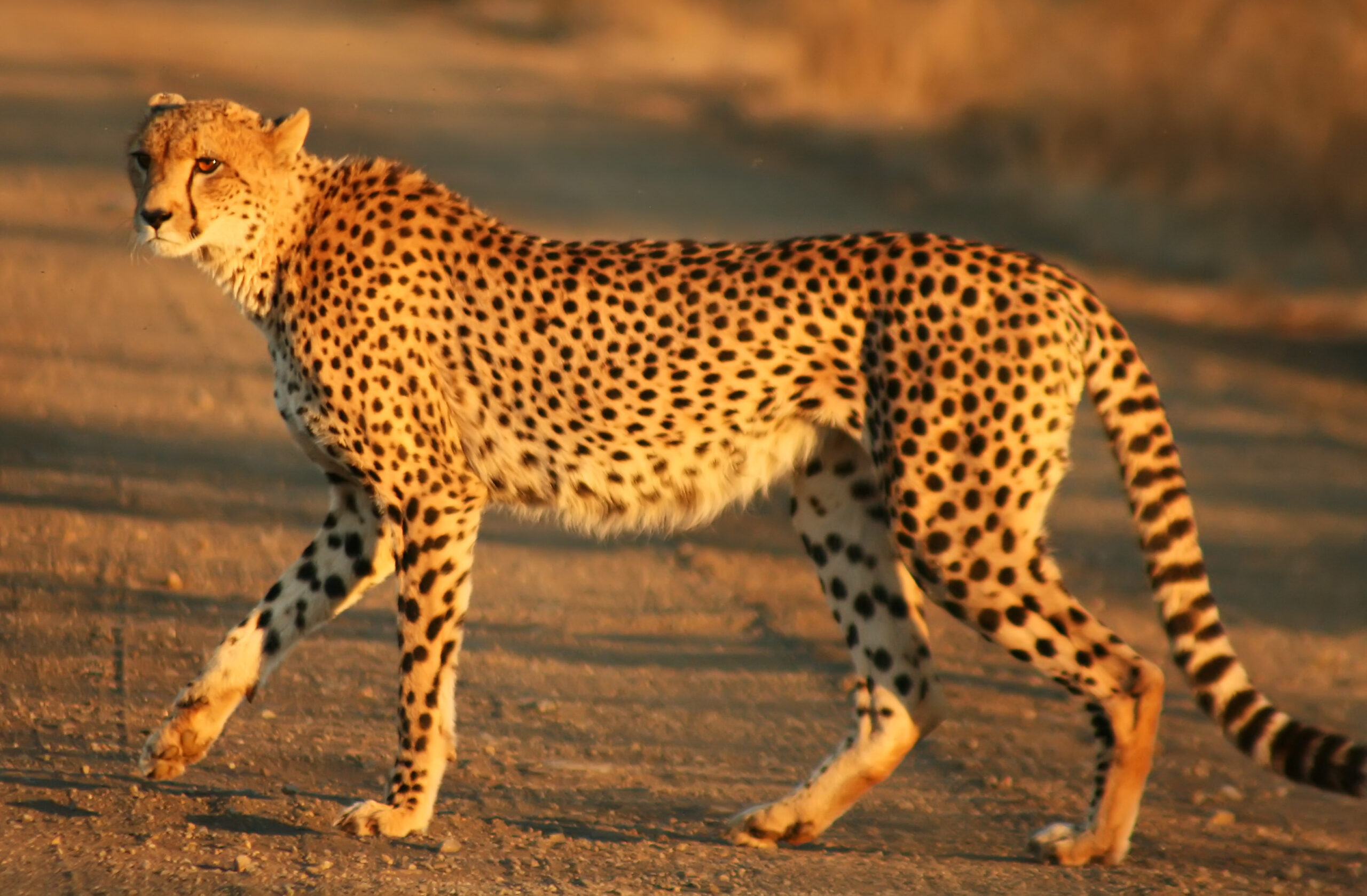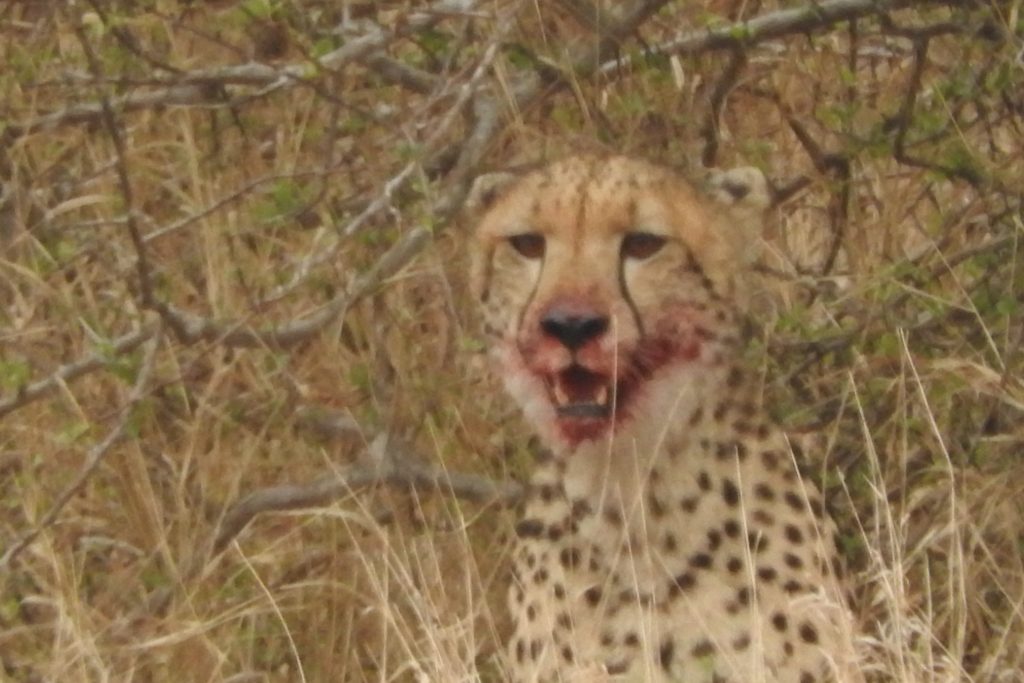Long thought to be extinct in the country, one was caught, back in 2018. As a result, effort is being put into protecting this species. Farmland around the Serengeti erected electric fences in order to stop elephants from stealing their crops, however, unfortunately, they have been having an unintended consequence.
Pangolins need to be able to roam large distances, and they have been regularly being electrocuted. Unfortunately, they roll up in a ball, as a natural reaction to threat, and this has lead to many rolling up around the wire, thereby being electrocuted.
This discovery in 2018 was of a dead pangolin, and as a result, many farmers have changed how their electric fence works to help protect this creature.
There are only thought to be 30-80 pangolins left in the country, but by making these small changes, the few pangolins that remain will be able to thrive, and the population is likely to grow.
This is a pangolin sighting that was filmed on the Massai mara






